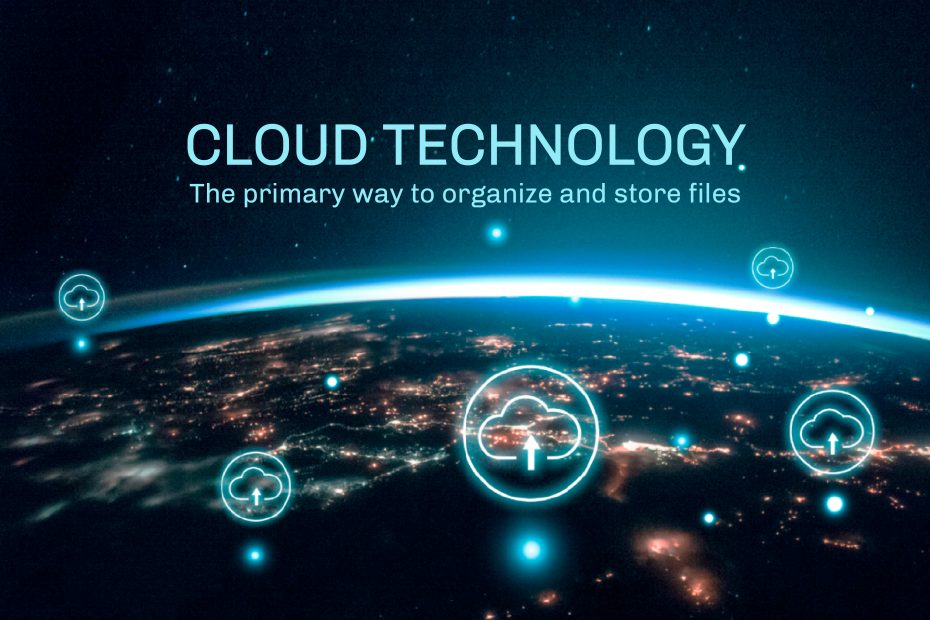Cloud computing is a model for delivering on-demand computing services over the internet. In other words, it provides users with the ability to access computing resources such as servers, storage, databases, and applications, without the need for physical infrastructure.
Benefits of Cloud Computing
- Cost Savings: Cloud computing eliminates the need for expensive hardware and software, reducing the overall cost of IT infrastructure.
- Scalability: Cloud computing allows users to scale resources up or down based on their requirements, providing flexibility and agility.
- Accessibility: Cloud computing provides users with the ability to access resources from anywhere in the world, as long as they have an internet connection.
- Reliability: Cloud computing providers offer high availability and uptime, ensuring that resources are always available when needed.
Types of Cloud Computing
- Public Cloud: Public cloud services are provided by third-party providers, and resources are shared among multiple users.
- Private Cloud: Private cloud services are dedicated to a single organization and are not shared with other users.
- Hybrid Cloud: Hybrid cloud services combine both public and private cloud services, allowing organizations to take advantage of the benefits of both.
Conclusion
Cloud computing has revolutionized the way organizations access and use computing resources. With its cost savings, scalability, accessibility, and reliability, cloud computing has become an essential part of many organizations’ IT infrastructure.
